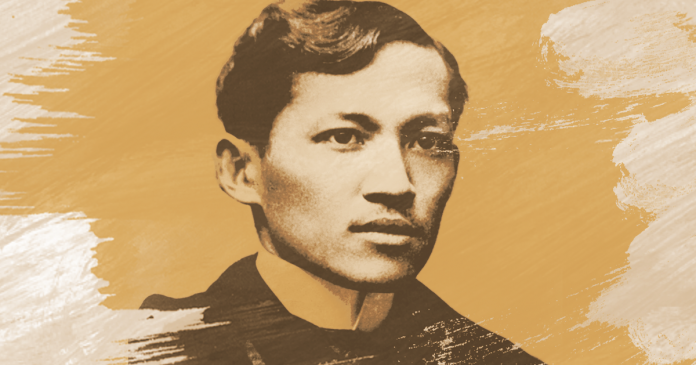After over three hundred years into Spanish occupation, the indigenous Filipino culture was widely replaced or conformed to the Spanish influence. The Westernization of the Philippines was beneficial for the Filipinos, mainly because it led to their revolt against Spanish rule. Jose Rizal was a scholar who, during his many years of studying in Philippine and European institutions, wrote the texts that the foundations of the Philippine revolution were built on. Rizal was faced backlash from the Spanish government for his writings which exposed the corruption of the Spanish church and called for reforms that would involve and benefit the Filipinos.

While Filipinos were being stirred by a wave of nationalism from the texts, the Spanish Empire was facing retaliation for its presence in Cuba, and the sinking of the USS Maine was the nail in the coffin as it pulled the U.S. into the conflict and catalyzed the Spanish-American War. As the U.S. and Spain fought for dominance, the Philippine secret revolutionary group known in short as the Katipunan or KKK was started by Andres Bonifacio and other nationalist Filipinos.
Because their ideology was rooted in literature not widely accessible to the peasantry (as many were illiterate despite Spanish influences), most of the members were educated/upper-class Filipinos. They believed they should go beyond Rizal’s initial reformative stance, and called for a full revolution against the Spanish Empire. In secret, the Katipunan planned for a revolt against Spanish rule until it was discovered and the Philippine Revolution began, sooner than expected.

The Katipunan’s discovery caused the arrest and execution of some of the most influential members, including Jose Rizal, despite the fact he was never directly connected to the organization. After a couple of years of struggle between the remaining Katipunan and Spanish forces and increased involvement from surrounding provinces, the revolutionary forces became divided. The division came from an inability to settle the primary leadership between Andres Bonifacio and Emilio Aguinaldo, which also reflected an internal class struggle. The Magdiwang sided with Bonifacio, who had a working-class background, while the Magdalo sided with Aguinaldo, who had been a city official of Cavite. The fracturing of the revolution led to the downfall of the Katipunan, with the Bonifacio meeting his unfortunate end and Aguinaldo taking his place.

